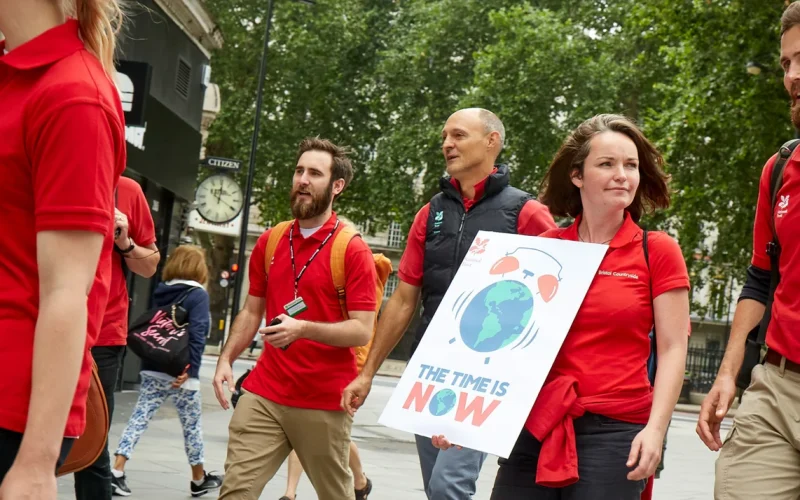Five years after committing to become a net-zero carbon organisation by 2030, the National Trust has published its first-ever climate transition plan, outlining concrete measures to reduce its emissions and enhance carbon capture across its extensive landholdings.
The UK charity aims to halve its absolute carbon footprint by the end of the decade, using 2019/20 as the baseline. Rather than relying on carbon offsetting, the Trust will leverage its 250,000 hectares of land—most of which is managed by tenant farmers—to absorb more carbon than it emits.
Farms account for nearly half of the Trust’s annual emissions, making them central to the new plan. The Trust has pledged to support more than 200,000 hectares of farmland in adopting low-emission practices such as peatland restoration, soil improvement, and tree planting. It will also work to improve climate data systems and strengthen collaboration with farmers, acknowledging that a one-size-fits-all approach to farming is not viable.
“Many of the farmers on National Trust land are already farming in a nature-friendly way, but we can become even better partners to restore nature together and inspire others,” the plan states.
The document also emphasizes the importance of government policy, particularly in the implementation and funding of agri-environment schemes post-Brexit. The Trust notes that delays and policy shifts—such as the UK government’s brief suspension of the Sustainable Farming Incentive—can hinder progress on the ground.
While the government recently committed to maintaining the £2.7bn annual sustainable farming budget and increasing funding for Environmental Land Management (ELM) schemes, it also announced a real-terms cut to the Department for Environment, Food and Rural Affairs (Defra).
Beyond agriculture, the Trust’s plan outlines a broader strategy that includes:
- Enhancing building energy efficiency
- Expanding the use of onsite renewables and low-carbon heating
- Electrifying its vehicle fleet
- Promoting sustainable transport for staff and visitors
- Greening its £1.5bn investment portfolio
- Collaborating with suppliers—particularly those in construction and retail—on decarbonisation
Scope 3 emissions make up 97% of the Trust’s carbon footprint, with investments and procurement accounting for 21.8% and 16.5% respectively. The charity has already divested from fossil fuels and begun phasing out high-emission funds. It is also working with 200 of its most impactful suppliers to support their climate goals and improve emissions tracking.
The climate plan will be updated every three years and annual progress reports will follow the Transition Plan Taskforce’s guidelines. Although not legally required to publish the plan, the Trust says transparency and accountability are essential.
“This is designed to be a living document,” said Harry Bowell, the Trust’s director of land and nature. “The scale of the climate and nature crises is such that we need to work in close partnership and collaboration with others—from farmers and landowners, to communities, visitors, our supply chains, and of course with Government.”





















